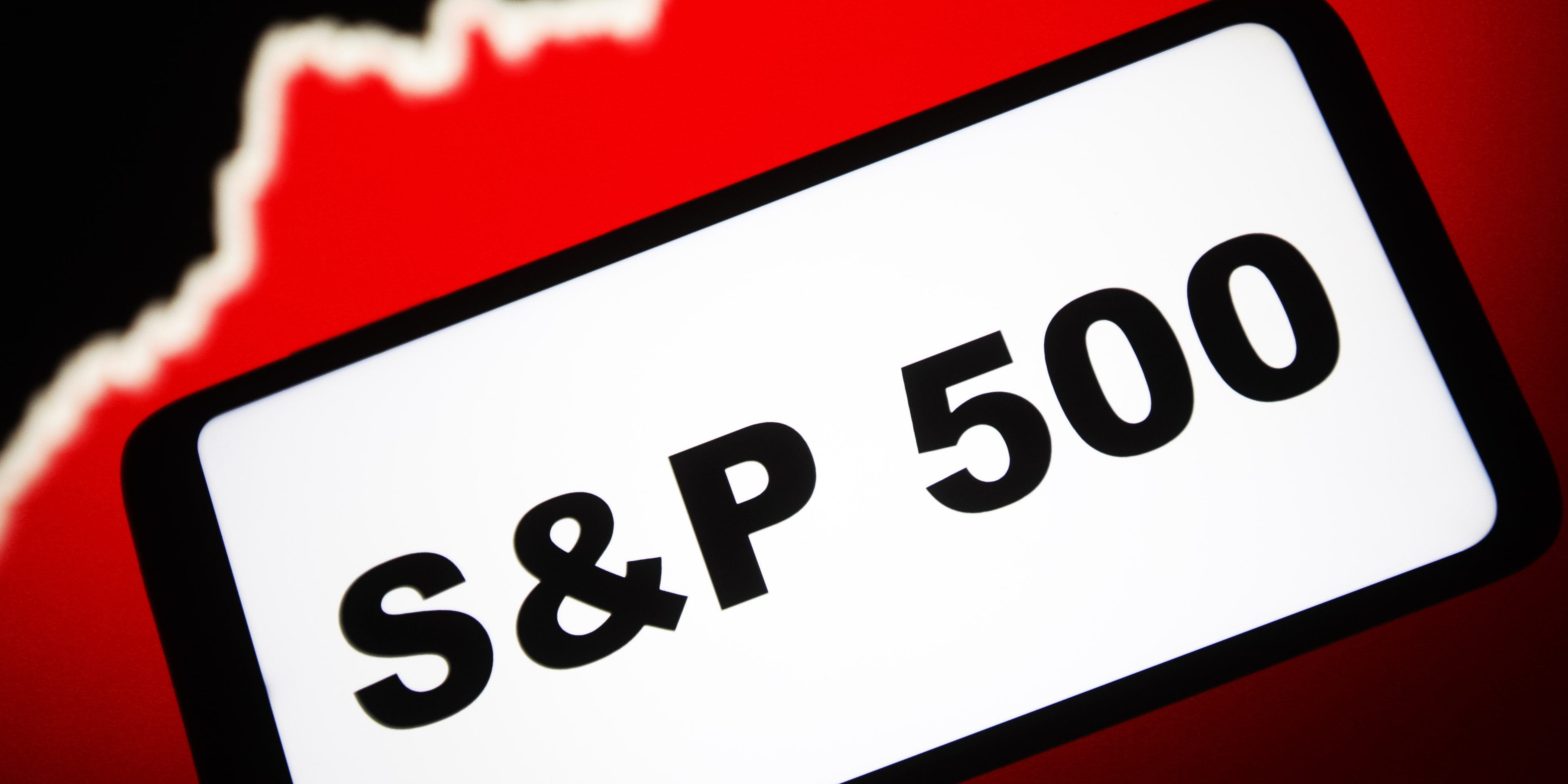The S&P 500 could tumbled to 3,000 in a worst-case scenario, Bank of America said. On Friday, the index closed at about 3,912, with BofA’s estimate representing 23% further downside. BofA also estimated that a one-third chance of a recession has been priced into the stock market so far. Loading Something is loading.
The S&P 500 is settling into a bear market that could push the index down as far as 3,000 in a worst-case scenario, Bank of America said in a note published Friday.
The broad index closed the week at about 3,912, meaning BofA’s estimate represents 23% further downside potential.
Meanwhile, a one-third chance of a recession has been priced into the stock market so far, according to the note, which said relying on the price-to-earnings ratio to predict the S&P 500’s performance isn’t as reliable as the equity risk premium.
Analysts pointed out that the current bear market is the the 27th since 1929, and historically they have resulted in a 35% average decline. That implies the S&P 500 would bottom at 3,100, largely in line with BofA’s worst-case scenario of roughly 3,000 using its equity risk premium framework.
Forecasts for a recession have grown in recent weeks as experts say the Federal Reserve was too slow to tackle inflation and must now tighten monetary policy abruptly, threatening to snuff out the economic expansion.
But that doesn’t mean investors stay on the sidelines. BofA recommended staying long on the energy sector and avoid consumer discretionary stocks, pointing out that energy has outperformed the S&P 500 by 44 percentage points.
Brent crude remains above $100 per barrel and is unlikely to see much downward pressure from a surge in new supply. BofA estimated that capital expenditures among US oil producers as share of operating cash flow has plummeted to a record low of 30%, down from the 2011-2016 range of 80%-100%.
“On the flip side, Consumer Discretionary ranks at the bottom,” analysts wrote. “As evidenced by retailers’ recent earnings, consumers’ shift from discretionary items to necessities poses further risk. Moreover, Energy and Consumer Discretionary earnings have historically been negatively correlated.”
Deal icon An icon in the shape of a lightning bolt. Keep reading
More: MI Exclusive s&p 500 Bear Market Markets Chevron icon It indicates an expandable section or menu, or sometimes previous / next navigation options.
